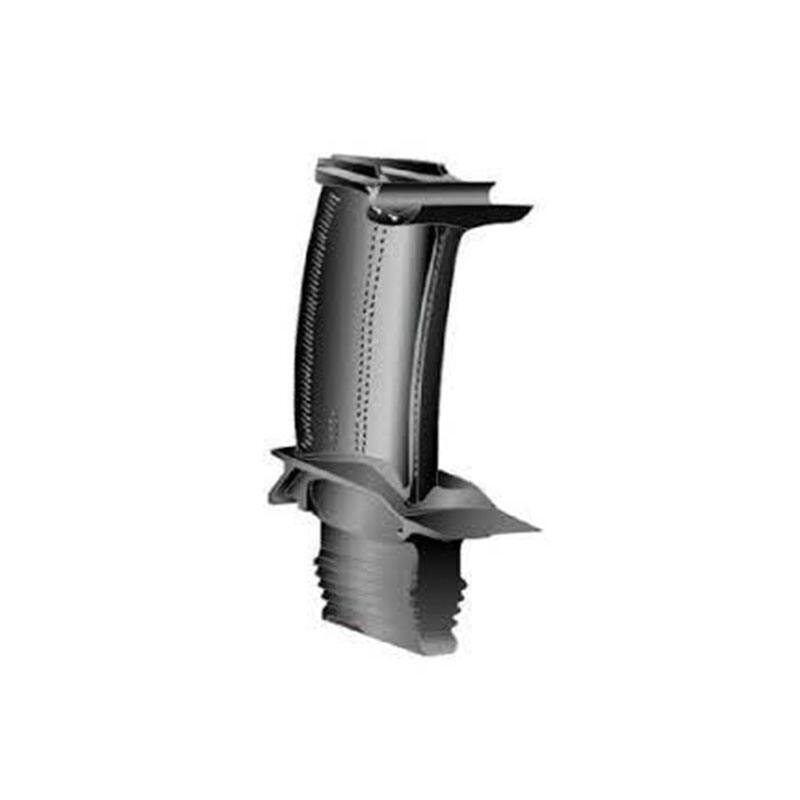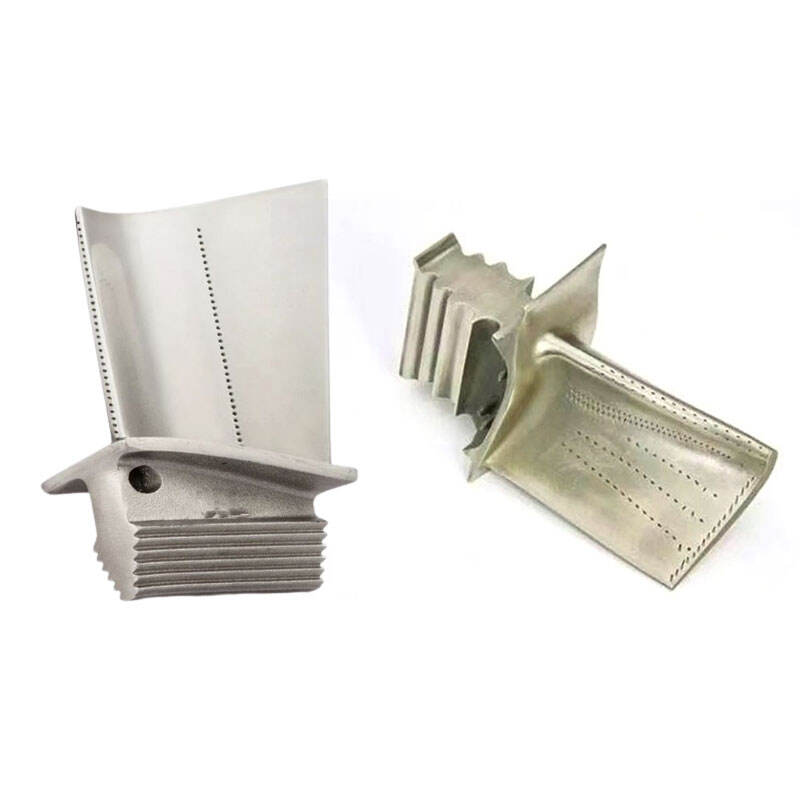Low-pressure turbine blades are one of the most important parts in machines that generate electricity. These blades are part of what transforms the heat energy into kinetic motion which powers a generator that we use to get electricity for our home, schools and businesses. Let us delve into this topic of low-pressure turbine blades in more detail in the accompanying text. In the process we will know everything about how they are created, what materials do these things need to make (rubber bands? ball bearings?), how should one use them efficiently, protect um... care for then properly and why when it doesn't work as expected.
There are differences in design of low- and high-pressure turbine blades They are way bigger and their shape is curious to say the least. This special shape matters because It serves in a high efficient energy extraction from steam. Steam moves through the blades and as it does that, steam pushes on these veins and they kind of spin around reducing in a generator. Each company may develop differently shaped and sized blades, they each have the same objective: aiding to make the machine perform optimally in producing as much electricity or potential energy. This design is important, because this information can help us why/how these fans efficiently make energy production work.
Low-pressure turbine blades are very carefully selected: the choice of materials is not easy. These blades must be built very durable, because they have to endure high temperatures and pressures all while getting forced through steam. The blades are exposed to temperatures upwards of 1000 degrees and steam, so they can be easily broken if proper materials arent utilized. Consequently, the low-pressure turbine blades are subjected to high temperatures and large pressure gradients which is why materials for Low Pressure Turbine Blades should be strong enough that can perform under such harsh circumstances. These blades are mainly made from special metal mixtures such as nickel-based alloys and titanium based alloys, though some contain ceramics. These can continue to function in harsh environments, preserving overall strength and toughness of the blades.

The low-pressure turbine blades are designed to extract more useable energy from the machines. A sharp edge on these blades extracts more energy from the steam, which means they can generate directly into additional electricity. The blades must be precisely engineered for the heat, temperature and pressure requirements of a specific machine in order to work as desired. There are other things that matter a lot, too - how smooth the blade is (better cooling), whether it cools decently at least some of the time and can seal pretty well. This in turn allows machines to produce generating electricity without requiring a higher volume of fuel from the blades doing so effectively. It also decreases the use of other types of energy while simultaneously promising a massive net savings over time.

This way you can be sure that your low-pressure turbine blades are in the best possible condition so they last longer and work as it should. Regular maintenance can reveal any issues, help prevent damage and ensure the blades work at their best. The following DeWalt table saw maintenance tips will help keep those blades nice and sharp without causing any hazardous accidents. Inspect The Blades Regularly A good maintenance regime begins with checking the condition of your blade on a frequent basis; that way, you can spot for signs of damage or wear before they spiral out to more serious issues. Cleaning the blades is also important to take out anything dirty, rusty and everything that makes them not as good in terms of performance. Third, should there be any blades that are in bad shape, it is very important to repair them or replace the new ones for maintaining machine workability. Properly maintenance also extend the life of machinery and keep it running in peak condition.

In some cases the low-pressure turbine blades get disturbed and this causes the machine to breakdown, that eventually results in cessation of power production. The important point to note in this case is that, why do these failures happen? the reason for such a question is not only identification of actual problem causing factors but also so as corrective activities can be taken accordingly. There are several ways to investigate low pressure turbine blades( LPT)problems. At this stage, the blades are visually inspected to determine if there is any visible damage or general deformation. Second, cutting out samples of the material that comprises the blades and examining it can give clues as to why they failed. The bed of the blades running tests and setting models can enable us to understand how design, materials, and operating conditions make contributions with respect to failures.
We are able to create turbine components with high accuracy and consistency using CNC casting, machining and forging processes. Casting allows us create parts with low pressure turbine blade, strong and durability. Forging offers parts more durable and superior mechanical property. CNC machining, on the contrary is extremely precise and consistency for each part. This eliminates mistakes and poor quality products. Our experienced technical team is continuously researching technological advances and process optimizations in order to keep our products at the leading edge of industry technology. We're committed to meeting the demands of our customers for high-performance turbine components by the continuous advancement of technology.
Our company offers a variety of custom-designed services and is able to manufacture turbine parts from various high-temperature alloys to meet the requirements of our customers. Our low pressure turbine blade along with our advanced process technology and our capability to meet specific requirements, such as size shape, performance, or shape can allow us to meet every need. We work closely with our customers to understand their specific needs and application situations and offer expert technical guidance and solutions. Our wide range of products processing capabilities, processing capabilities, and specific requirements to the application allow us meet the requirements of various industries and application. With our customized services, we assist our customers in optimizing their the performance of their products and reduce costs, and improve market competitiveness.
We adhere to the strictest standards of quality control to ensure the reliability and performance of each component Quality control is conducted throughout the entire process of production from the purchase of raw materials to the testing of the low pressure turbine blade In order to ensure that our product's quality are constantly improved we perform regular audits and improvements Our aim is to win the trust and continue to work with of our customers through providing quality products that are of the highest standard and to be a leader in the industry
Our comprehensive customer service includes pre-sales consulting technical support and after-sales services to ensure that customers enjoy the most enjoyable experience Our expert team will assess the needs of customers and offer appropriate product suggestions and solutions We provide technical support starting with the selection of products through installation and commissioning This ensures that our customers are able to enjoy our products without issues For after-sales support we have developed an efficient service system that can respond swiftly to customer issues as well as needs and provide low pressure turbine blade and efficient solutions Our goal is to create long-term relationships and gain customers trust and their satisfaction by providing superior customer service